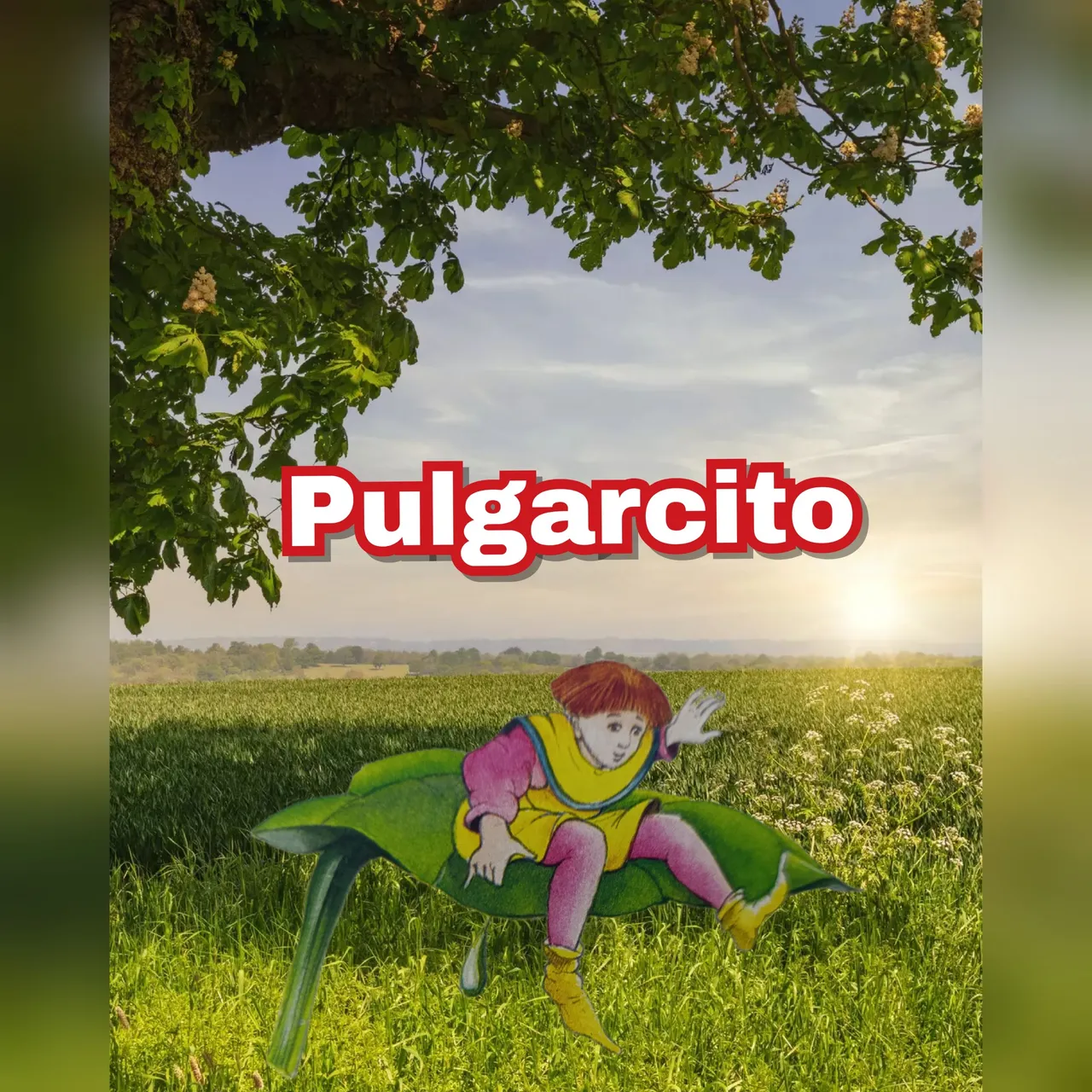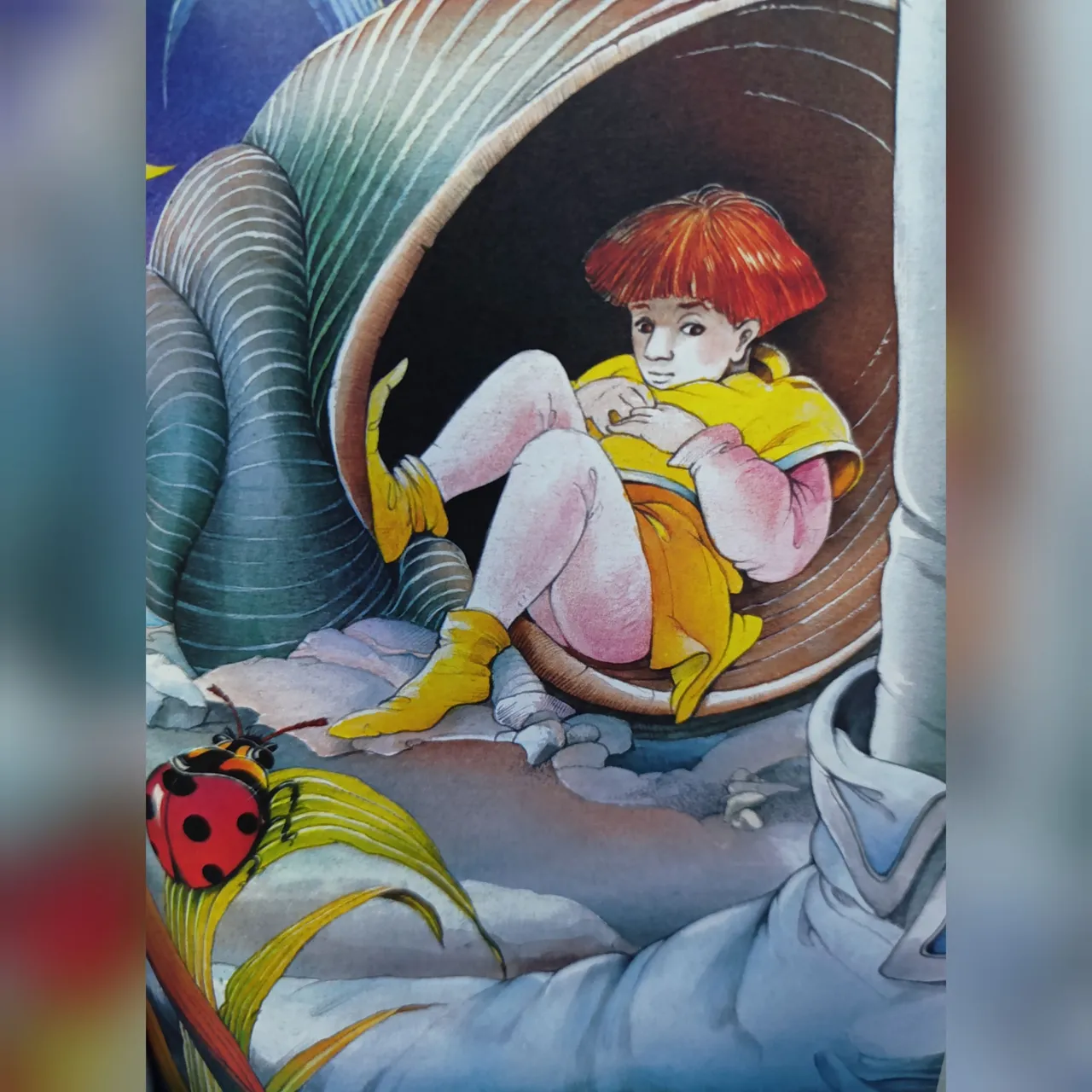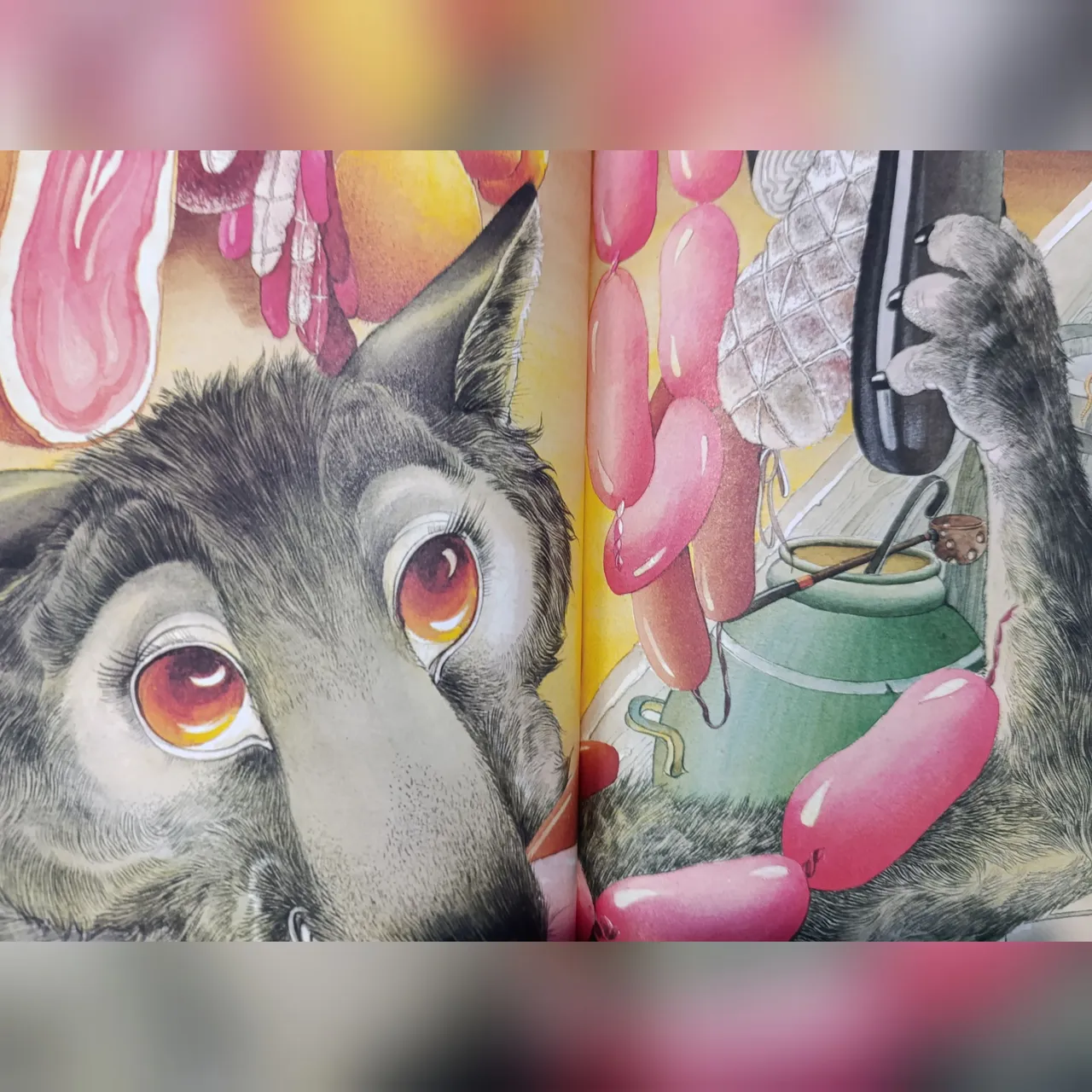On this occasion, I will share my impressions of the fairy tale Pulgarcito by the Brothers Grimm, published in 1812. The protagonist is a character based on Thumbelina, who previously appeared in Charles Perrault's The Boots of Seven Tongues. So the Brothers Grimm made an adaptation of a character who by then was part of popular culture.
We are faced with a couple whose greatest desire is to have a child, even a tiny one. The wish came true, the child was baptized as Pulgarcito because he was the size of a finger, but very intelligent and shrewd. His intention was always to make a fortune for his parents, hence he risked dangerous adventures.

If we take a closer look, and as I have shown in tales of the Brothers Grimm, the authors appropriate oral stories to version them and, for this reason, we can distinguish a reflection of the society of the time, Germany in the early 1800s, through a chain of anti-values that are presented in the story, from the sale of Tom Thumb to a circus of freaks, through swindles, robberies and murders.
Superstition and fantasy are above logic, knowledge and common sense, which refers to obscurantism, and even the performance of the shepherd who sacrifices his cow is an example of this. Although Pulgarcito transcended as children's literature, the themes that stand out in the narrative are deployed to expose an energetic social criticism.

The morality of Tom Thumb's father is questionable, because despite his deep love for his son, he sells him for a considerable amount of money. Being different or suffering from some physical condition is synonymous with public humiliation, which is why the negotiation is justified.
For his part, Pulgarcito is a lying child who achieves his goals by deceiving in the name of just causes, leaving in his wake a trail of bitterness. On the other hand, greed is accompanied by misfortunes and misfortunes, causing a state of permanent anxiety and anxiety. Pulgarcito stands then as an anti-hero who moves within a corrupt and immoral environment.

Unlike Perrault's Pulgarin, this Pulgarcito acts to justify the actions that are developed. If we analyze the historical context prior to the publication of the story, we can see that Germany, by then the Holy Roman Empire, had succumbed to the invasion commanded by Napoleon Bonaparte, who ended the monarchy. In the story, each crime has its motive and justification, consequently it can be thought that they agreed with the violent attack against society because, on the one hand, they rejected the monarchy that condemned them to misery and, on the other hand, it was a humiliation the failure of the local army that proved incapable of stopping the French despite having more soldiers.

Another aspect that caught my attention in the story was the sacrifice of animals, scenes that come loaded with violence and blood, giving a vision of little importance for these beings that are an important part of both coexistence and nature. Do away with everything that has been established seems to be the slogan. So Pulgarcito is a different proposal, although it maintains the fantastic elements of children's literature.
Versión en Español
En esta ocasión, compartiré mis impresiones sobre el cuento Pulgarcito de los Hermanos Grimm, publicado en 1812. El protagonista es un personaje basado en Pulgarín, quien apareció previamente en Las botas de siete lenguas de Charles Perrault. Así que los hermanos Grimm realizaron una adaptación de un personaje que para entonces formaba parte de la cultura popular.
Nos encontramos ante un pareja cuyo mayor anhelo es tener un hijo, aunque sea pequeñito. El deseo se volvió realidad, el niño fue bautizado como Pulgarcito puesto que era del tamaño del dedo, pero muy inteligente y sagaz. Su intención siempre fue conseguir fortuna para sus padres, de allí que se arriesgue a transitar por aventuras peligrosas.

Si agudizamos la mirada, y tal como he expuesto en cuentos de los Hermanos Grimm, los autores se apropian de relatos orales para versionarlos y, por tal razón, se puede distinguir un reflejo de la sociedad del entonces, Alemania de principios de 1800, a través de una cadena de antivalores que se van presentando en la historia, desde la venta de Pulgarcito a un circo de fenómenos, pasando por estafas, robos y asesinatos.
La superstición y la fantasía están por encima de la lógica, el conocimiento y el sentido común, lo que refiere al Oscurantismo, inclusive la actuación del pastor que sacrifica su vaca es un ejemplo de ello. Si bien Pulgarcito trascendió como literatura infantil, los temas que resaltan en la narración se despliegan para exponer una enérgica crítica social.

La moralidad del padre de Pulgarcito resulta cuestionable, pues a pesar de que manifiesta un profundo amor por su hijo, lo vende por una cantidad considerable de dinero. Ser diferente o padecer de alguna condición física es sinónimo de humillación pública, por tal razón se justifica la negociación.
Por su parte, Pulgarcito es un niño mentiroso que logra sus objetivos engañando en nombre de causas justas, dejando a su paso una estela de amarguras. Por otra parte, la codicia viene acompañada por desgracias e infortunios, provocando un estado de zozobra y ansiedad permanente. Pulgarcito se erige entonces como un antihéroe que se mueve dentro de un entorno corrompido e inmoral.

A diferencia del Pulgarín de Perrault, este Pulgarcito actúa para justificar las acciones que se van desarrollando. Si se analiza el contexto histórico previo a la publicación del relato se advierte que Alemania, para entonces Sacro Imperio Romano Germánico, había sucumbido ante la invasión comandada por Napoleón Bonaparte, quien acabó con la monarquía. En el cuento, cada crimen tiene su motivo y justificación, en consecuencia se puede pensar que se estaba de acuerdo con el violento ataque contra la sociedad porque, por una parte, rechazaba la monarquía que les condenaba a la miseria y, por otra, resultó una humillación el fracaso del ejército local que se mostró incapaz de detener a los franceses a pesar de disponer de más soldados.

Otro aspecto que llamó mi atención en el cuento fue el sacrificio de los animales, escenas que vienen cargadas de violencia y sangre, dando una visión de poco importancia para estos seres que forman parte importante tanto de la convivencia como de la naturaleza. Acaben con todo lo instaurado parece ser la consigna. Así que Pulgarcito constituye una propuesta diferente, aunque mantenga los elementos fantásticos propios de la literatura infantil.
✓Photos from my personal gallery, edited with Fotocollage.
✓Text translated with DeepL.
❤️📘❤️📘❤️📘❤️
✓Fotos de mi galería personal, editadas con Fotocollage.
✓Texto traducido con DeepL.